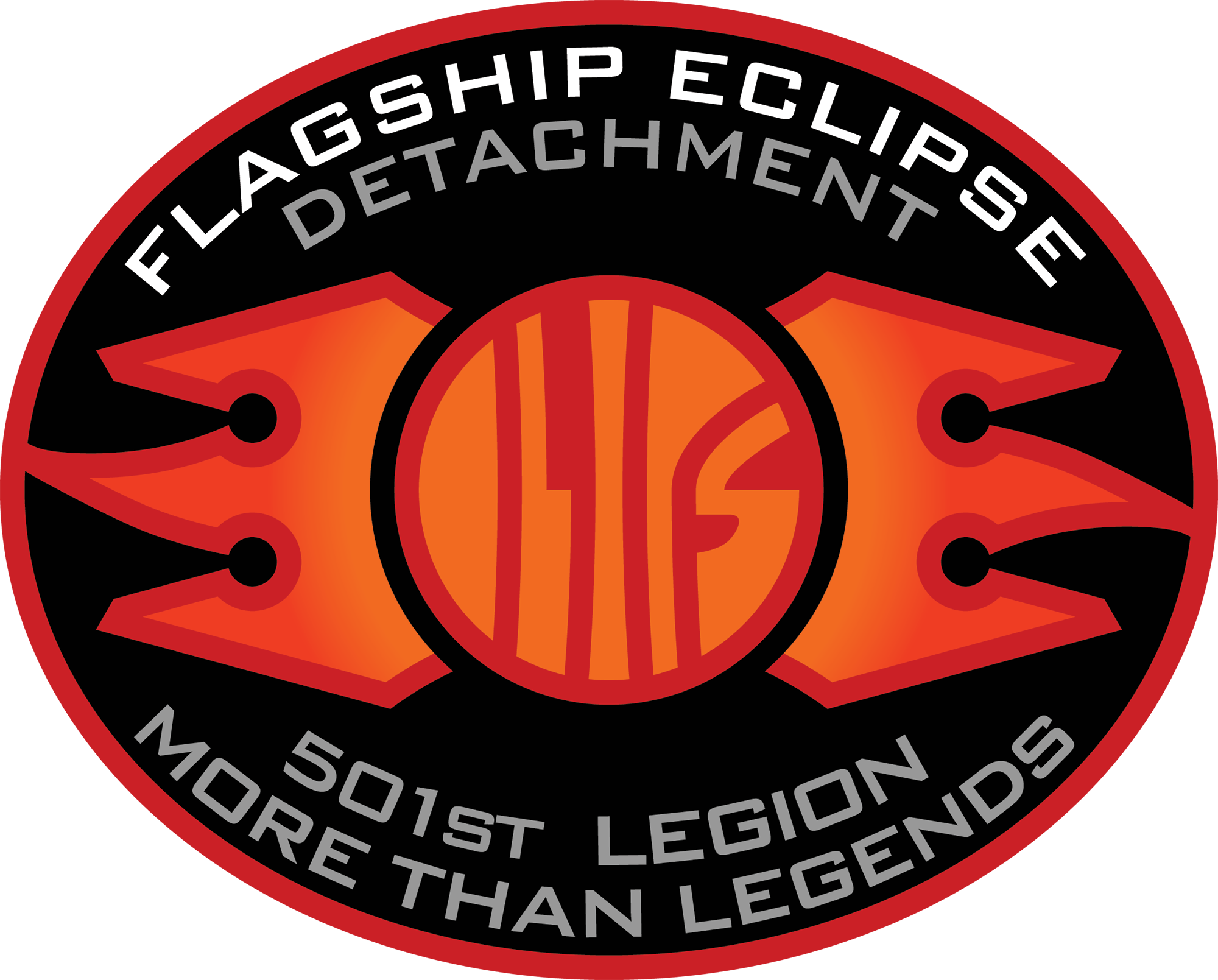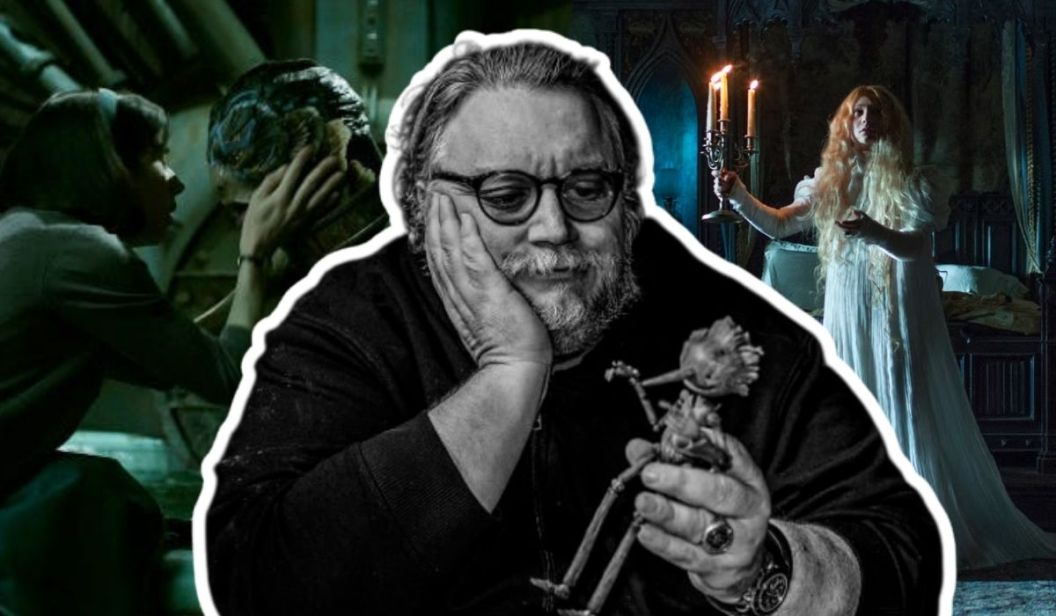
Few directors have built a filmography with such a strong visual and thematic identity like Guillermo del Toro. The filmmaker, who’s getting ready to release his version of Frankenstein, has a unique style full of melancholic creatures, underground worlds, and political metaphors. Most of his work moves smoothly between horror, fantasy, and even historical drama. His feature films have been great so far – some more visually ambitious, others stronger in storytelling, and some that really stand out for taking creative risks. But no matter what, they all stick with you. After all, what makes a good movie different from a cinematic milestone is how long it stays in your memory.
Everyone experiences his work differently, and it took him a while to become well-known and earn three Academy Awards. So, here’s a ranking of all Guillermo del Toro’s movies to better understand his entire journey.
12) Blade II
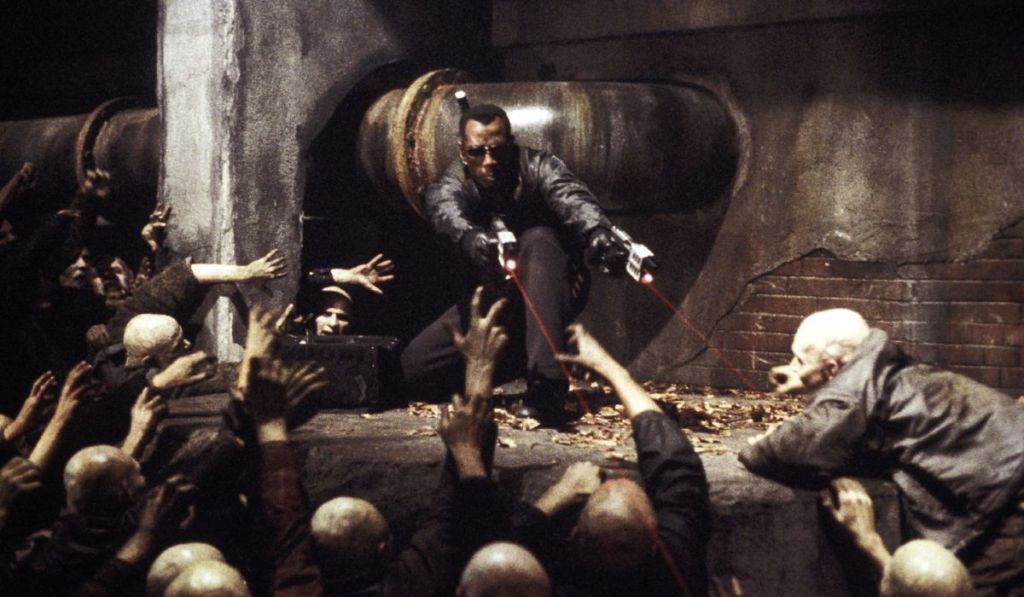
Blade II is packed with intense action and a dark, stylized look that shows off the director’s fascination with the grotesque and bodily transformation. But since it’s part of a franchise, he’s held back by the genre’s structure, with little space for deeper reflection. Even though del Toro adds plenty of atmosphere and well-designed creatures, the plot sticks to the typical 2000s action movie formula. This is del Toro we’re talking about, so this is his most impersonal film – entertaining, sure, but missing the poetic touch and human dilemmas that define his style.
11) Mimic
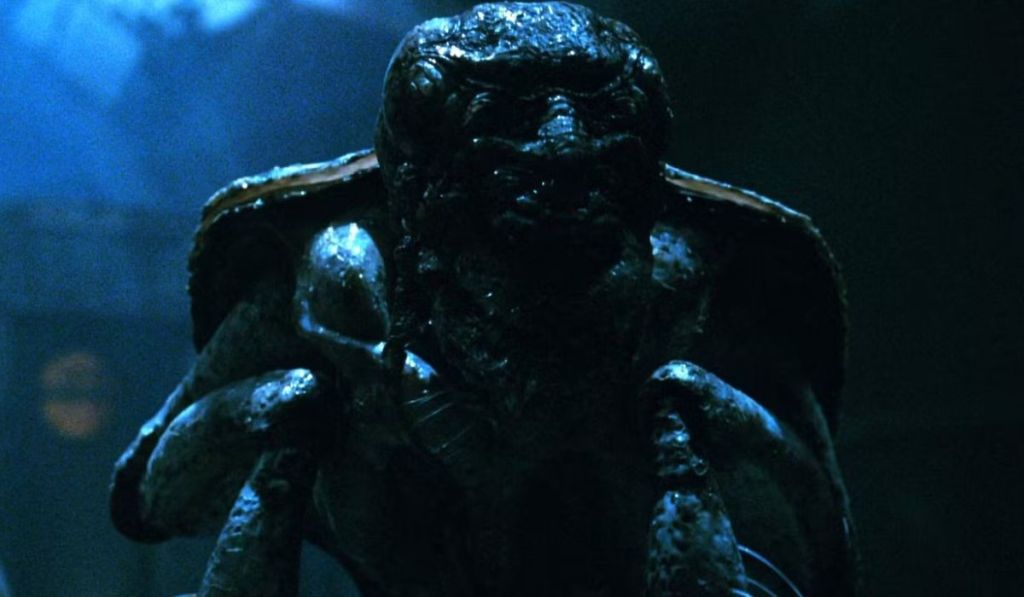
One of del Toro’s early works, Mimic is a mix of thriller and horror that already shows signs of his style, but it’s still held back by studio demands. He tries to create real tension through the fear of the unknown, with genetically modified insects that take human form and live in New York’s tunnels. However, heavy interference from Miramax during post-production hurt the final product’s authenticity (the director himself has said he had major struggles because of this). It’s a dark film, with a strong atmosphere and some cool visual ideas, but it falls short due to a generic plot and unmemorable characters. As del Toro’s first Hollywood feature, it’s more interesting as a record of his fight for creative freedom than as a standalone story.
10) Pacific Rim
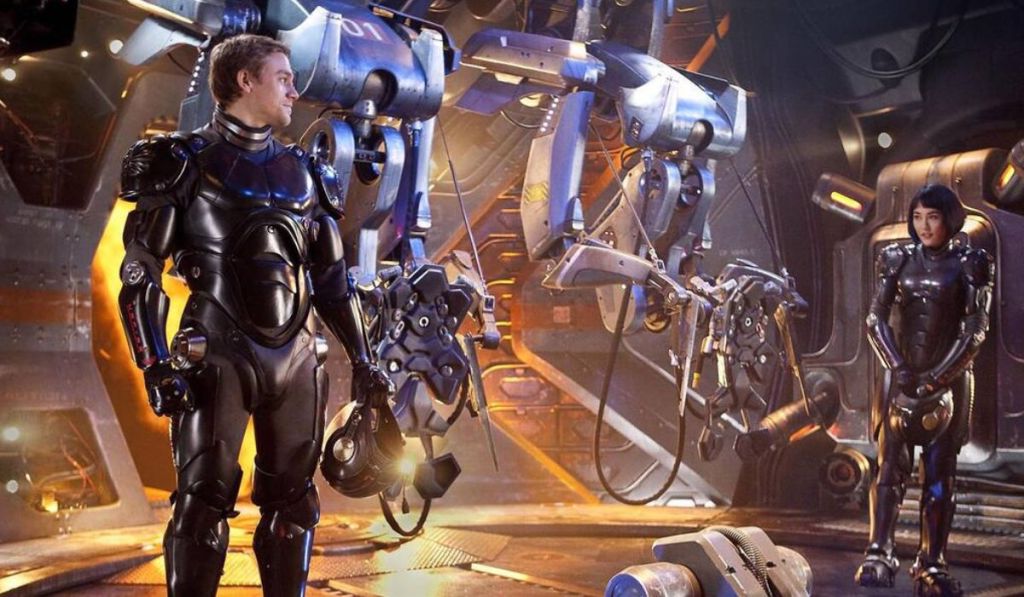
This movie is basically a dream come true for del Toro as Pacific Rim allows him to fully dives into his love for kaiju and giant robots. The film pumps up excitement with every punch and massive roar, serving as a tribute to Japanese sci-fi, anime, and tokusatsu that have inspired him since he was a kid. Visually, it’s stunning, but the script can feel a bit shallow, with characters mostly playing specific roles without much development or moral conflict. Still, there’s a genuine emotional core in how it handles heroism and teamwork: the idea of two pilots mentally linked to control a Jaeger is a great metaphor for empathy and human connection. Technically inventive and with action scenes that avoid the usual frantic cuts, it’s a visually impressive film, though it lacks the deeper symbolic or emotional weight found in del Toro’s other works.
9) Cronos
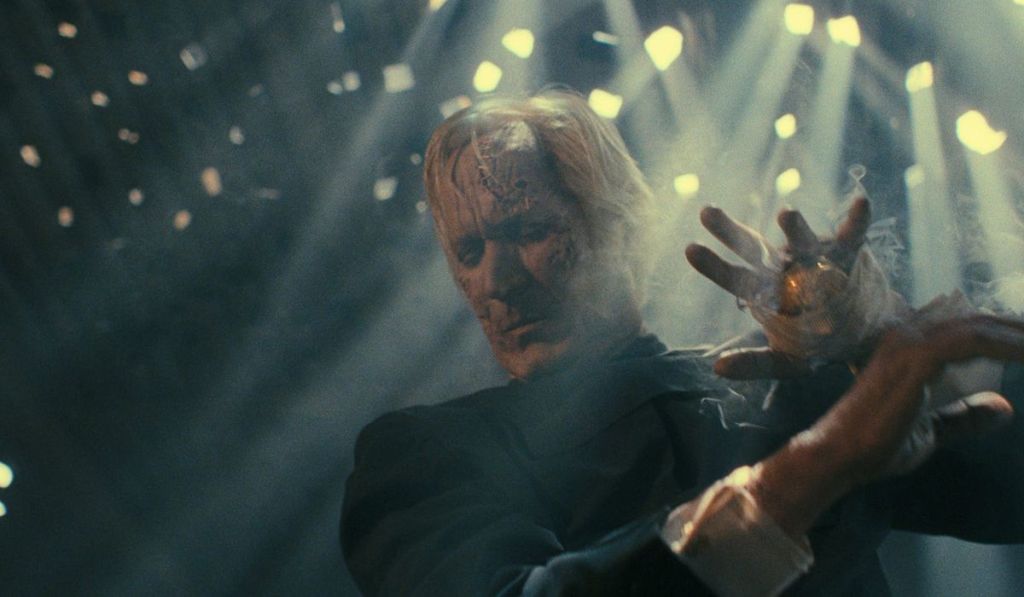
Del Toro’s debut already shows his fascination with the transforming body, death as a passage, and blending fantasy with everyday life. The story centers on an alchemist and an ancient artifact that grants eternal youth but comes with a thirst for blood – a kind of philosophical take on vampirism that del Toro treats with lyricism and a touch of weirdness. Even though it’s not technically flashy, the movie stands out for being more human and relatable than most horror ones. The relationship between the antique dealer and his granddaughter is tender, melancholic, and at the heart of the movie’s emotional impact. While it moves at a slower, handcrafted pace, it’s a film driven by emotional honesty and previews many themes del Toro would explore more deeply later in his career.
8) Crimson Peak
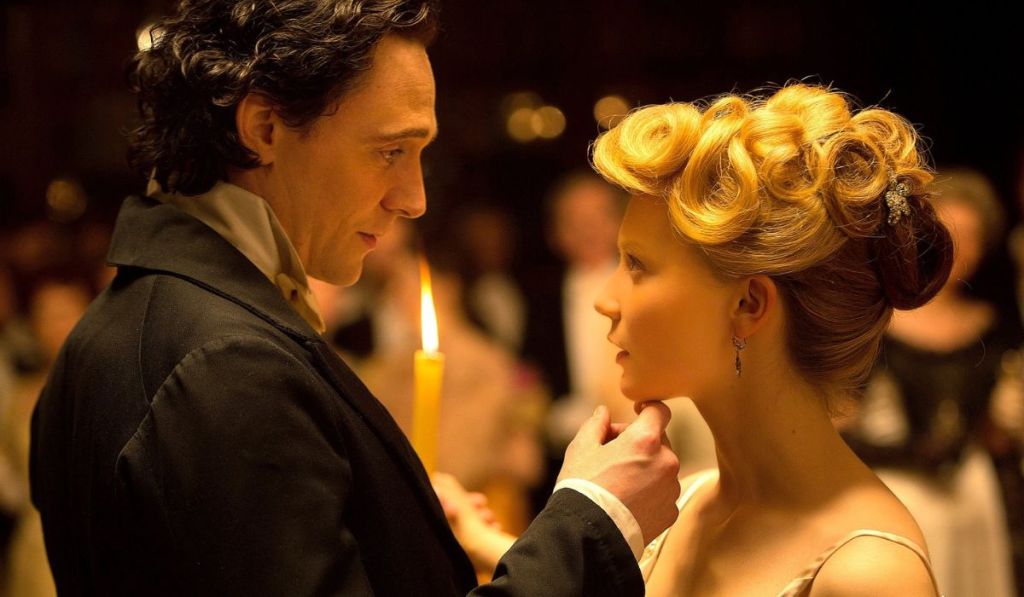
Del Toro’s Crimson Peak is his love letter to Victorian Gothic romance – a movie that shows style in every detail, from the lavish costumes to the hallways that literally bleed red “paint.” It might be his most visually luxurious film, with every shot looking like a Baroque painting. It’s stunning, but the story doesn’t always live up to the same level for a lot of people. The romance between the leads lacks real tension, and most of the characters (except Jessica Chastain’s Lucille) don’t have the emotional depth needed to make the tragedy feel earned. The movie aims to be a tragic love story with ghosts as metaphors, but it ends up feeling more like a pastiche than a fresh take. Still, it’s interesting as a showcase of style and mood.
7) Hellboy
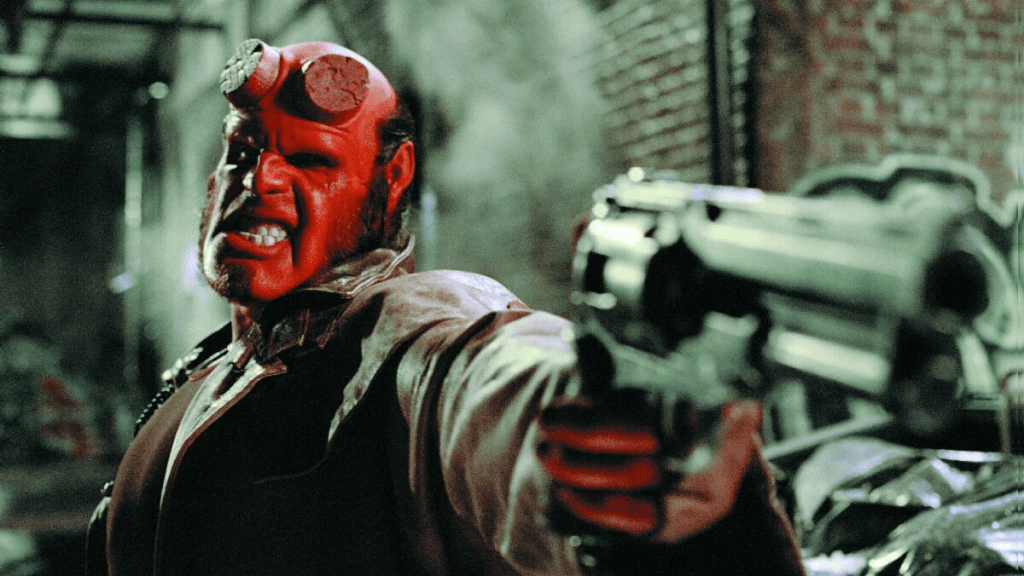
If Blade II was held back by its genre, del Toro found a better balance with Hellboy. Here, he manages to mix his love for the occult with the energy of superhero movies. The film’s biggest strength is its lead: a demon made to destroy the world who chooses to do good instead. Hellboy (Ron Perlman) has charm and a kind of existential tiredness that makes him both an antihero and very human. Plus, the world is rich, the monsters feel real and unique, and the movie even finds time to explore destiny and free will, all within a blockbuster setup. While the plot sticks to familiar territory, what makes it stand out is del Toro’s care for his creatures – he doesn’t treat them as freaks but as lost souls. It’s definitely entertaining but also carries a certain sad beauty. It ranks here mainly because the sequel is better, thanks to del Toro having more creative control.
6) Nightmare Alley
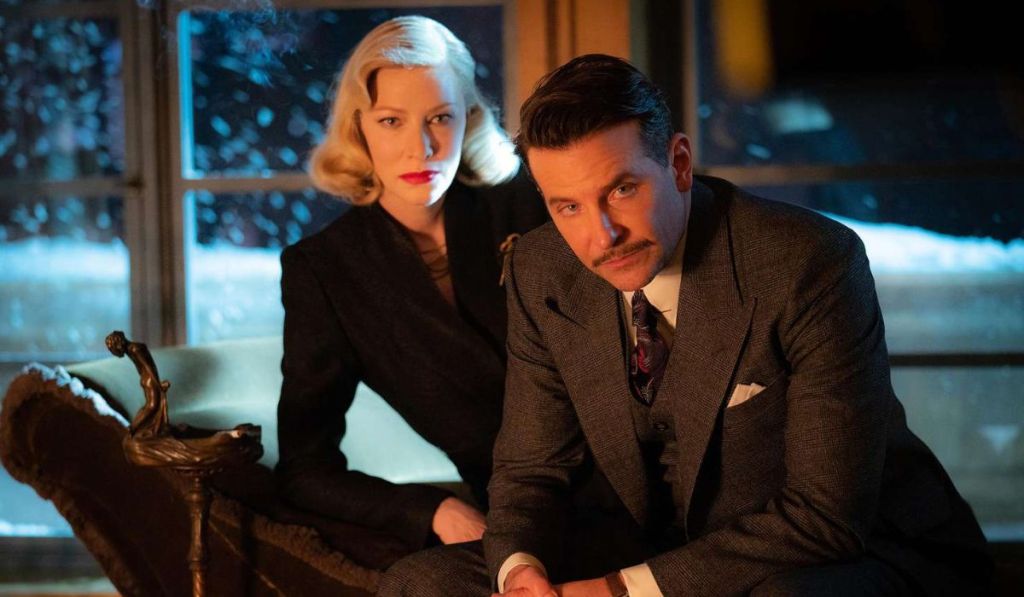
Nightmare Alley invites you to dive into a dark and elegant world full of illusion, ego, and human misery. Unlike most of his movies, there are no fantastical creatures here – just very human monsters, and that’s what makes it stand out. Stanton (Bradley Cooper), the main character, is a con man whose ambition pushes him toward self-destruction, and the filmmaker uses noir style to build a moral story about power and self-deception. The film is long and thoughtful, packed with symbolism – the freak show Stanton leaves behind at the start ends up representing his own journey. By choosing not to give the story a redemptive ending, the del Toro delivers a harsh, elegant, powerful, and smart production that shows how much he’s grown as a director.
5) Hellboy II: The Golden Army
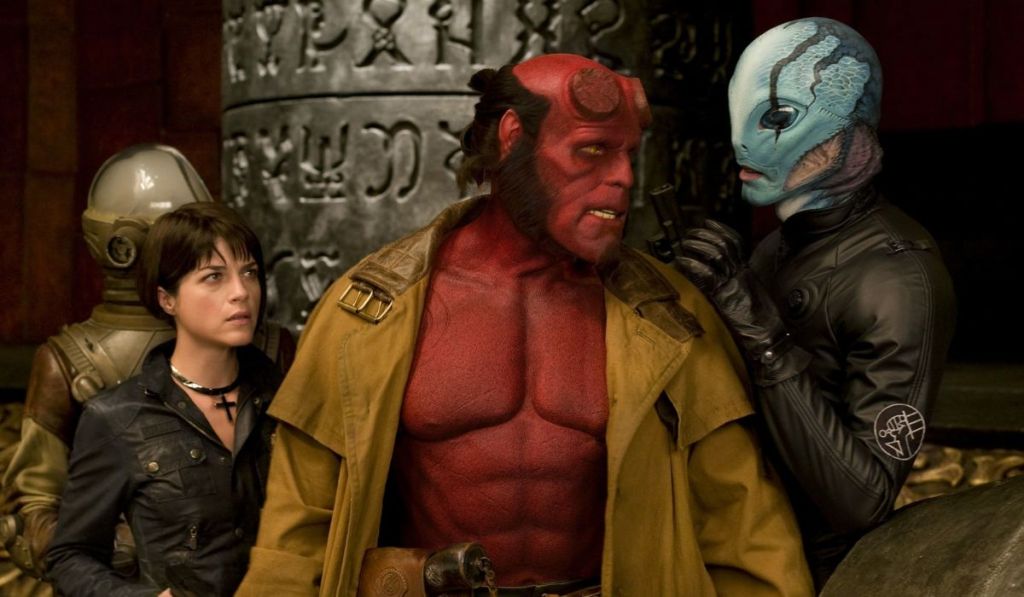
More laid-back and personal than the first, Hellboy II shows del Toro at his most creative and free within the commercial film world. The story, inspired by Tolkien and Celtic myths, lets the director really expand his creature universe with flair: the troll market, the golden army, Prince Nuada (Luke Goss) – all great examples of imaginative, detailed worldbuilding. Plus, there’s space for deeper emotional themes, like the struggle between duty and desire, and the loneliness of beings living on society’s edges. The visuals are amazing, the humor lands without losing the story’s sadness, and the scene where Hellboy and Abe Sapien (Doug Jones) get drunk listening to Barry Manilow is one of the nicest moments the genre’s ever had. It’s a blockbuster with heart.
4) Guillermo del Toro’s Pinocchio

Del Toro puts his own ambitious, emotional, and politically charged spin on the classic story with this stop-motion animation. By setting the film against the backdrop of Italian fascism, he turns the tale of a puppet who wants to be a boy into an allegory about disobedience, grief, and freedom. Pinocchio isn’t just a naive kid – he’s a wild, questioning spirit whose rebellion challenges the conformity of the adult world. The animation is handmade, beautiful, and full of expression – every movement packed with life, pain, and poetry. It’s a movie about death and rebirth, and probably the most grown-up take on the story yet. Deep and wildly inventive. No surprise it won the Oscar for Best Animated Feature.
3) The Shape of Water
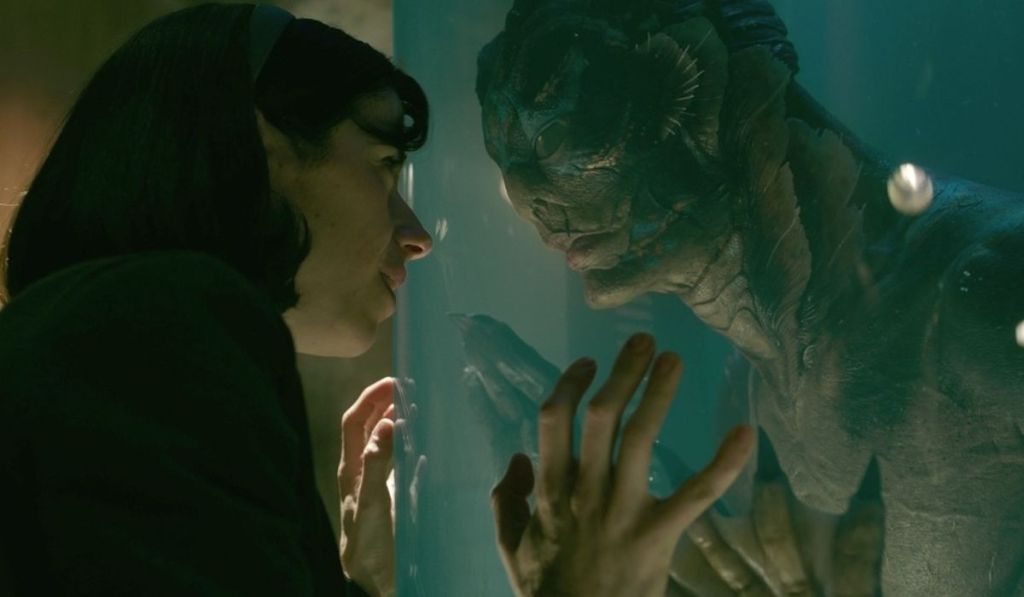
An Oscar winner for Best Picture and Best Director, The Shape of Water is a romantic fable for a time marked by pessimism and doubt. Set in the ’60s during the Cold War, the love story between Elisa (Sally Hawkins) and an aquatic creature blends the feel of classic cinema with modern political awareness. Del Toro leans into difference as a powerful force and turns the movie into a statement against fear of the “other” – whether that’s foreign, disabled, or monstrous. The beauty is in the subtlety; the quiet gestures in the performances, the greenish tint of the cinematography, and the soundtrack that supports a love story that feels impossible. The movie is emotional without being cheesy, poetic without feeling vague, and it shows that love can happen even in the hardest, most complicated places. It’s definitely one of the high points in the filmmaker’s career.
2) The Devil’s Backbone
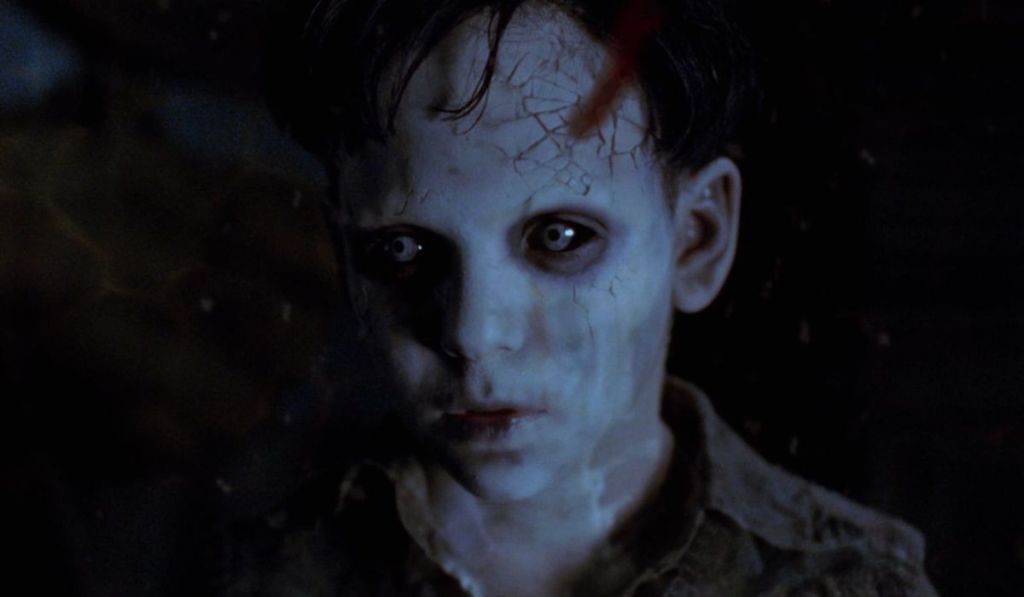
In The Devil’s Backbone, del Toro once again shows that real terror comes not from ghosts, but from people. Set in an orphanage during the Spanish Civil War, the movie paints a picture of childhood marked by loss, violence, and abandonment. The ghost haunting the location isn’t out for revenge – it’s just a reminder of a tragedy that was never resolved. This film is quieter and more tense than many of his others, deeply sad as well. The atmosphere is heavy but not overwhelming, because the fear comes from feeling powerless against harsh reality, not supernatural forces. Although it’s his third feature, it’s the one that best mixes horror with tenderness and marks his move toward historical fantasy drama.
1) Pan’s Labyrinth

Many people were scared by Pan’s Labyrinth, but that fear is part of what makes del Toro’s genius so clear. The film is an absolute masterpiece thanks to its perfect mix of harsh realism and dark fantasy. It follows Ofelia (Ivana Baquero), a girl who escapes into a magical world that’s both beautiful and dangerous. This is a fairy tale for adults, where fauns and monsters live alongside soldiers and tyrants, all showing the same kind of brutality. The symbolism is flawless – every creature and challenge stands for resistance, innocence, and sacrifice. The performances are impeccable, and the ending is both heartbreaking and freeing. It’s this blend of horror, hope, and loss that makes it a timeless classic for all generations. Here, del Toro reaches the height of his imagination.
The post Every Guillermo del Toro Movie, Ranked appeared first on ComicBook.com.
